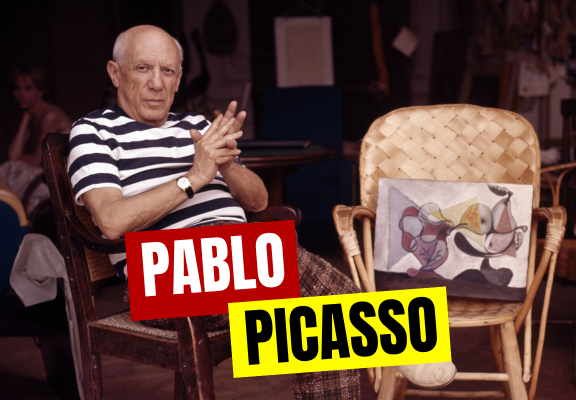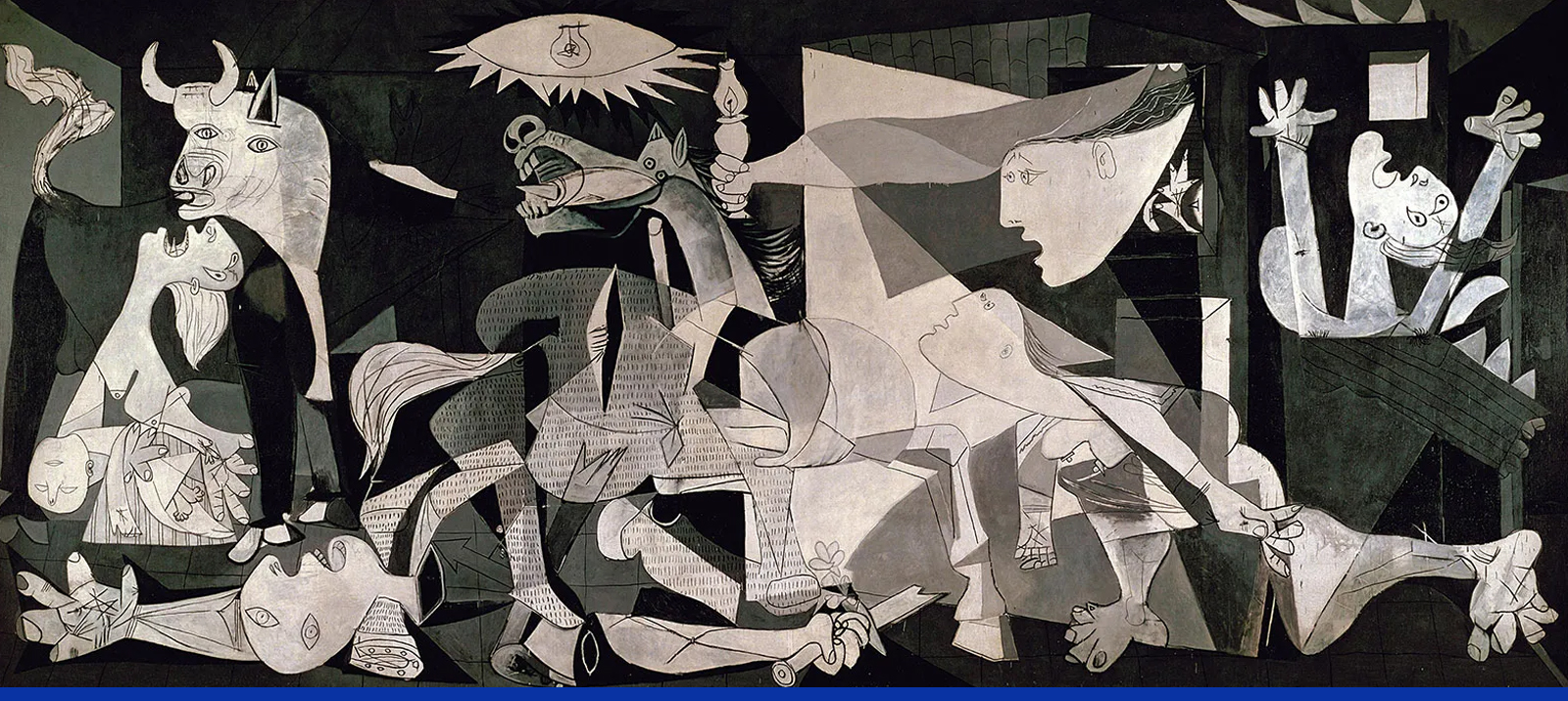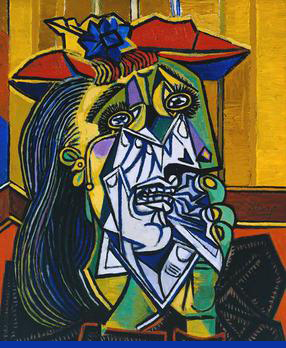Exploring the Hidden Meanings Behind Pablo Picasso’s Paintings


Pablo Picasso is widely recognized as one of the most influential artists of the 20th century. He is renowned for his revolutionary approach to painting as well as his ability to transmit meaningful themes via his work. Despite the fact that his paintings are lauded for their visual brilliance, many of them have hidden meanings and symbols that encourage viewers to go deeper into the layers of interpretation that they contain. Within the scope of this blog post, we will set out on an adventure to discover the hidden meanings that lie behind some of Picasso’s most widely recognized masterpieces.
In response to the bombing of the Basque town during the Spanish Civil War, Picasso produced “Guernica,” which is considered to be one of his most dramatic works. This painting is a somber picture of the horrors that are associated with war. Agony and hopelessness are conveyed to the viewer by the chaotic composition of the picture and the misshapen figures, which depict the civilian population that was caught in the crossfire. A great deal of symbolism can be seen in the painting “Guernica,” with features such as the bull, which symbolizes cruelty, and the fractured bodies, which symbolize the lives of the innocent being shattered.

In the painting “Les Demoiselles d’Avignon,” Picasso presented a depiction of five naked women that was both raw and confrontational. This painting was an attempt to question conventional ideas of beauty and sexuality. Traditional ideas of femininity are challenged by the painting’s fragmented forms and mask-like faces, which encourage viewers to question societal assumptions and investigate the complexity of desire and identity. Picasso’s revolutionary work was crucial in laying the groundwork for the development of two art movements: cubism and modern art.
“The Weeping Woman” is part of Picasso’s series of paintings that were inspired by the Spanish Civil War. These paintings reflect the agony and loss that individuals who were impacted by the struggle went through. As a universal symbol of human misery, the woman’s twisted features and tear-streaked face elicit a sense of intense sorrow and serve as a common representation of human suffering. The emotional effect of the picture is amplified by Picasso’s use of vivid colors and expressive brushwork, which invites viewers to identify with the suffering of the subject of the painting.

Picasso investigates topics such as loneliness, alienation, and the ephemeral essence of human existence in his body of work titled “Les Saltimbanques” (The Acrobats). As a reflection of the artist’s personal feelings of disappointment and displacement, the melancholy figures of circus performers communicate a sense of fragility and loneliness to the viewer. Picasso encourages viewers to reflect on the ephemeral moments of joy and connection that exist in the midst of the uncertainty that life presents with this moving picture of the human condition.
The most well-known paintings of Pablo Picasso are more than just beautiful to look at; they are also windows into the intricacies of the human experience. Picasso was able to question conventions, inspire discussion, and spark dialogue about the pressing challenges of his time through his inventive use of form, color, and symbolism in his artwork. We are gaining a greater appreciation for the continuing legacy of this visionary artist as we uncover the hidden meanings that lie behind his masterpieces. There is no doubt that his art will continue to be relevant for generations to come.